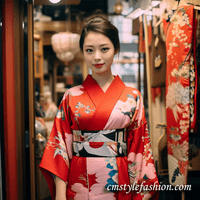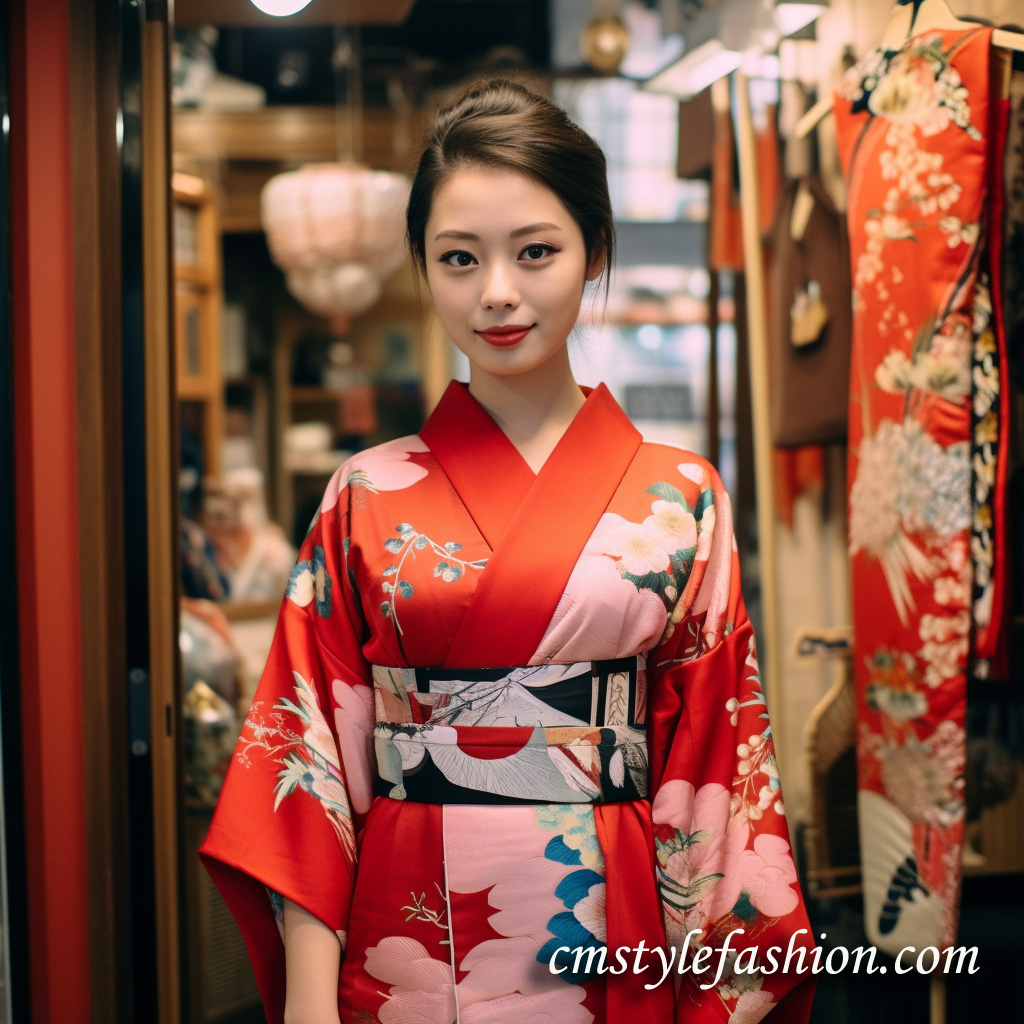10 Types of Kimono and Yukata to Find at a Boutique

What You Can Find at a Kimono Boutique
A kimono boutique has many beautiful kimonos and yukatas. They come in different styles for men, women and kids. The boutique also has accessories to complete your outfit. You can learn about kimonos and get fitting help too.
Types of Kimonos and Yukatas
There are a few main types of kimonos and yukatas sold at boutiques.Furisode - These have long sleeves that go past the hands. They are decorated with bright patterns. Furisode are for unmarried young women.
Tomesode - Married women wear black tomesode to important events. They have printed designs on the bottom part.
Men's Kimono - Men wear simpler kimonos called montsuki. They are usually dark colors with small patterns.
Hommongi - This kimono is for parties. It has a pattern that goes all over in a repeated design.
Tsuke-sage - More casual than a hommongi, it has patterns in places not all over.
Yukata - Made of light cotton, yukatas are for summer. They come in happy floral prints.
Kids Kimono - Small versions let kids dress up too in cute styles.
Vintage Kimono - Old kimonos from long ago are unique to find. No two are exactly the same.
Cosplay Yukata - Bright yukatas inspired by anime are popular with fans.
Materials
Kimonos use finer materials than yukatas. Traditional kimonos are made of silk which is soft and drapes nicely. Yukatas are often cotton which is light and airy for hot weather. Some kimonos now come in easy care polyester too. The material depends on the style and when it will be worn.
Accessories
A boutique has many accessories to complete any outfit. Obis are colorful sashes worn with kimonos. Plain obis are good for yukatas while fancy silk obis dress up kimonos. Other items include zori sandals, tabi socks, kanzashi hair combs and fans. Boutiques help pick accessories that match each garment.
Fitting and Advice
Staff at boutiques are experts who can help you choose. They will ask about occasions to wear to and your preferences. Boutique workers make sure the kimono fits your body properly. They show how to tie obis in different styles too. Ask for help if you are new - they want everyone to feel confident.
Workshops
Some boutiques hold workshops on how to dress fully in kimonos. Here you learn wrapping techniques step-by-step with an instructor. They share customs and traditions of kimonos too. Workshops let you try wearing one yourself. It's fun to learn about the heritage.
History
Kimonos have a long history in Japan as traditional clothes. They started as robes based on Chinese styles many years ago. Today's kimonos keep old techniques alive while updating designs. Different components like furisodes and tomesodes each have rules for wearing too. Boutiques honor these deep roots in how they present kimonos. Stopping by one is a nice way to learn more about Japanese culture.
Prices
Costs vary based on material, quality of crafting and detail in patterns. Simple cotton yukatas start from around $50. High-end silk kimonos can be hundreds to thousands of dollars depending on the material and work put in. Vintage pieces often cost less than new while still looking amazing. More casual styles provide affordable options to try wearing kimono too.
In Summary
Visiting kimono boutiques is about more than shopping. You experience Japanese tradition up close and support artisans. Friendly workers are happy to help everyone enjoy kimonos. Whether you find one for special events or just wanting to learn, their collections have something for all. Itís a fun place to browse beautiful robes and appreciate another culture.Posted by Administrator: Sunday, 10 September 2023 0:00 AM






